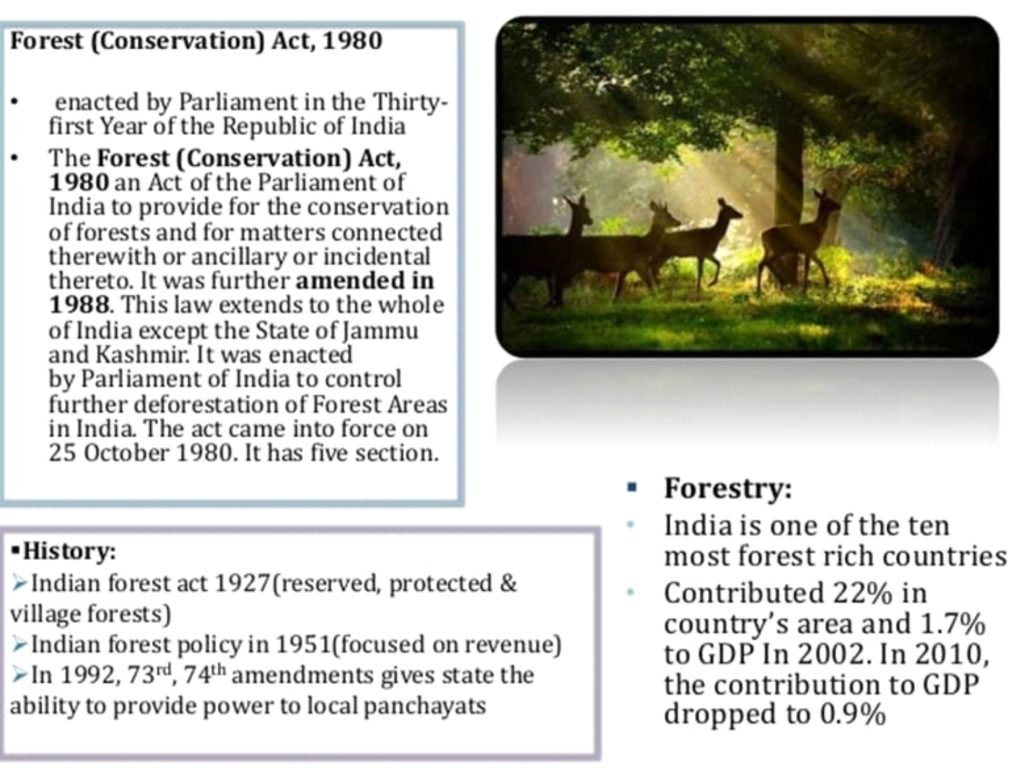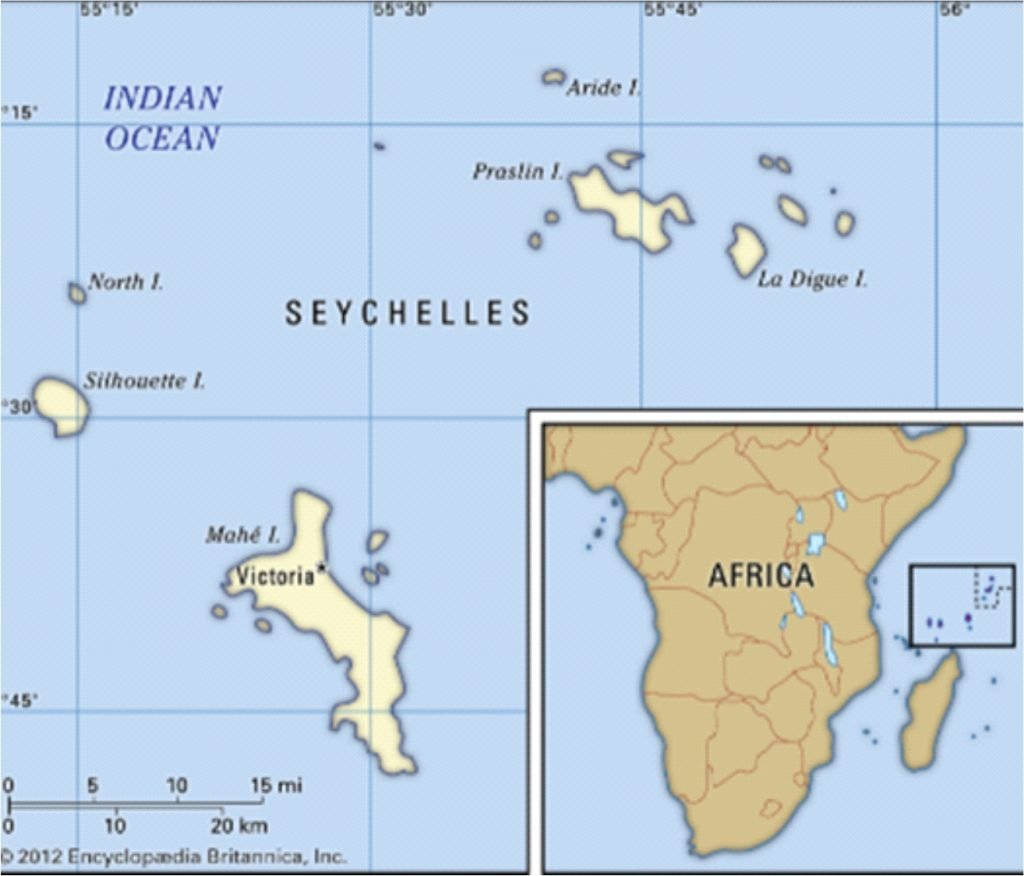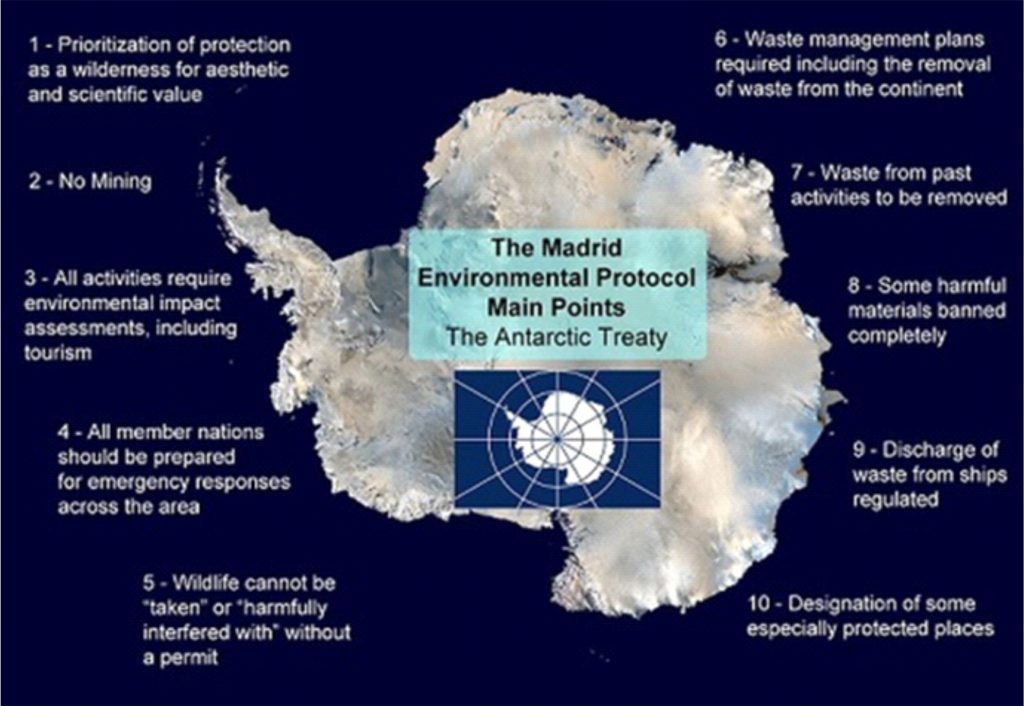Forest Conservation Act
The Hindu
GS 3: Environment and Conservation
Context:
- The Union Government has proposed absolving agencies involved in national security projects and border infrastructure projects from obtaining prior forest clearance from the Centre as part of amendments to the existing Forest Conservation Act (FCA). The FCA, which first came in 1980 and was amended in 1988, requires such permission.
About:
- There is also a plan in the document to exempt land acquired before 1980 — before the FCA came into effect — by public sector bodies such as the Railways.
- Currently, the document notes, there was “strong resentment” among several Ministries on how the Act was being interpreted over the right of way of railways, highways.
- As of today, a landholding agency (Rail, NHAI, PWD, etc.) is required to take approval under the Act and pay stipulated compensatory levies such as Net Present Value (NPV), Compensatory Afforestation (CA), for use of such land which was originally been acquired for non-forest purposes.
- The Environment Ministry also proposes adding a clause to make offences under the modified Act punishable with simple imprisonment for a period that may extend to one year and make it cognisable and non-bailable.
- They also propose provisions for penal compensation to make good for the damage already done.
- The document also proposes removing zoos, safaris, Forest Training infrastructures from the definition of “non-forestry” activities.
- The current definition restricts the way money collected as part of compensatory cess can be spent towards forest conservation purposes.
- Previous attempts to amend acts linked to forest laws have been controversial. There was a plan to amend the Indian Forest Act, 1927, that deals with the rights of forest dwellers, in an attempt to address contemporary challenges to the country’s forests.

Tax Inspectors Without Borders (TIWB)
PIB
GS 2: India and foreign relations
GS 3: Economy
Context:
- TIWB launched its 6th programme in Seychelles.
- India was chosen as the Partner Administration and has provided a Tax Expert for this programme.
About:
- This programme is expected to be of 12 months duration.
- In this duration, India will collaborate with the TIWB Secretariat and the UNDP Country Office in Mauritius and Seychelles.
- The aim is to aid Seychelles in strengthening its tax administration by transferring technical know-how and skills to its tax auditors through sharing of best audit practices.
- The focus of the programme will be on Transfer Pricing cases of tourism and financial services sectors.
- In the past, India has also extended its support to Bhutan under the same program.
- It depicts Indian commitment to South-South Cooperation, SAGAR initiative and elder brother approach to the Indian Ocean Nations.

i-Drone
The Hindu
Prelims Fact
Context:
- Union Health Minister launched the ICMR’s drone response and outreach in the north-east (i-Drone). The delivery model is aimed at ensuring that life-saving vaccines reach everyone.
About:
- This is for the first time that a ‘Make in India’ drone has been used in South Asia to transport COVID vaccine over an aerial distance of 15 km in 12-15 minutes from the Bishnupur district hospital to Loktak lake, Karang island in Manipur for administration at the primary health centre.
- India is home to geographical diversities and drones can be used to deliver essentials to the last mile. This would facilitate vaccine delivery to tough and hard-to-reach terrains.
- Currently, the drone-based delivery project has been granted permission for implementation in Manipur and Nagaland, as well as the Andaman and Nicobar Islands.
- The ICMR conducted an initial study in collaboration with the IIT Kanpur to test the capacity of the drones to carry and transfer vaccines safely.
- These studies provided promising results on the basis of which the Ministry of Civil Aviation, the Directorate General of Civil Aviation and other regulatory authorities have granted permission to fly drones beyond the visual line of sight.

Smog Towers
The Hindu
GS 3: Environment and Ecology
Context:
- Two new smog towers have been inaugurated in Delhi.
About:
- A smog tower is a structure designed to work as a large-scale air purifier, fitted with multiple layers of filters which trap fine dust particles suspended in the air as it passes through them.
- Air is drawn through fans installed at the top of the tower, passed through filters, and then released near the ground.
- The large-scale filters expected to be installed in the towers in Delhi would use carbon nanofibres as a major component.
- It would be fitted along the peripheries of the towers and the height would be 20 metres.
- The smog towers have also been installed in cities like Bengaluru and Chandigarh.
- Mumbai’s clean air plan indicates a financial requirement of ₹25 crore for installing air filtration units at major traffic intersections in the city.
- In an open field in calm weather, it can reduce the particulate matter of 10 micrometres (PM10) up to 45%, and PM2.5 levels up to 25% in an area of 20 metres around the tower, as per details on the ENS Clean Air website.
- The smog towers can filter around 1,000 cubic metres of air per second. It is expected to have an impact on a 1 km radius from the centre of the tower.
- Experts suggest that a tower would reduce 50% of the particulate matter load in an area of 1 kilometer in the direction of the wind, as well as 200 metres each along the sides of the tower and against the direction of the wind.
- Experts also believe that the smog towers would create “clean air zones” in the city.
Issue:
- While the efforts by governments indicate that they are taking cognisance of air pollution, the deployments are mostly driven by symbolism rather than science.
- For instance, the Delhi government claims that the newly installed smog tower in Connaught Place could reduce air pollution levels by 80%.
- However, there is no scientific evidence of smog towers or any other outdoor air filtration units improving air quality in cities.
- The smog tower installed in two cities in China did not prove to be effective and were not scaled up.
Reconsidering the installation of Smog Towers:
- Smog towers create an illusion of progress towards clean air while diverting crores of public money away from proven solutions.
- They misdirect policymakers and citizens by deflecting attention from areas that call for urgent action.
- Therefore, governments looking at investing in outdoor filtration systems should defer their deployment plans.
- The data on the effectiveness of the newly installed smog towers should be made available publicly for independent evaluation.
- Until there is scientific consensus on their effectiveness, every new tower installed is just a violation of taxpayers’ money and citizens’ trust.
Way Forward:
- Governments must ramp up investments in proven solutions to reduce air pollution.
- Policymakers should expand air pollution monitoring in areas with limited or no air quality monitoring and strengthen forecasting capacity across cities.
- Cities should strengthen their air quality forecasting systems by collaborating with scientific institutions that are transparent about their approach and findings.
- The forecasts should be used in rolling out preventive measures such as travel restrictions, pausing commercial activities or encouraging working from home, on anticipated high pollution days.
- City-level emission inventories must be updated periodically. These data are critical to identify key sources of air pollution and design effective clean air plans as per the local context.
- Targeted efforts must be made to improve air quality for urban slum dwellers who have no access to clean cooking energy.
- Policymakers must focus on providing LPG connections to these households along with ensuring sustained usage of LPG as the primary fuel.
Conclusion:
- Cities should strengthen their enforcement capacity by investing in people and systems that can keep a round-the-clock watch on polluters. India is witnessing a rising democratic demand for clean air. But this cannot be met by unproven technological fixes. Instead, the government must vigorously pursue solutions that are rooted in science. Restoring ecosystem health can sustain human systems as well.

Madrid Protocol
PIB
GS 2: International Relations
Context:
- Union Minister of Earth Sciences addressed the International Conference commemorating the signing of the Madrid Protocol on Environmental Protection to the Antarctic Treaty.
About:
- India signed the Antarctic Treaty on 19th August 1983 and soon thereafter received consultative status on 12th September 1983.
- The Madrid Protocol was signed by India which came into force on 14th January, 1998.
- The Protocol on Environmental Protection to the Antarctic Treaty was signed in Madrid on October 4, 1991 and entered into force in 1998.
- It designates Antarctica as a “natural reserve, devoted to peace and science”.
- India is one of the 29 Consultative Parties to the Antarctic Treaty.
- India is also a member of Council of Managers of National Antarctic Programme (COMNAP) and Scientific Committee of Antarctica Research (SCAR).
- India has two active research stations:
- Maitri (commissioned in 1989) at Schirmacher Hills, and
- Bharati (commissioned in 2012) at Larsemann Hills in Antarctica.
- India has successfully launched 40 annual scientific expeditions to Antarctica till date.
- With Himadri station in Ny-Alesund, Svalbard, Arctic, India now belongs to the elite group of nations that have multiple research stations within the Polar Regions.


